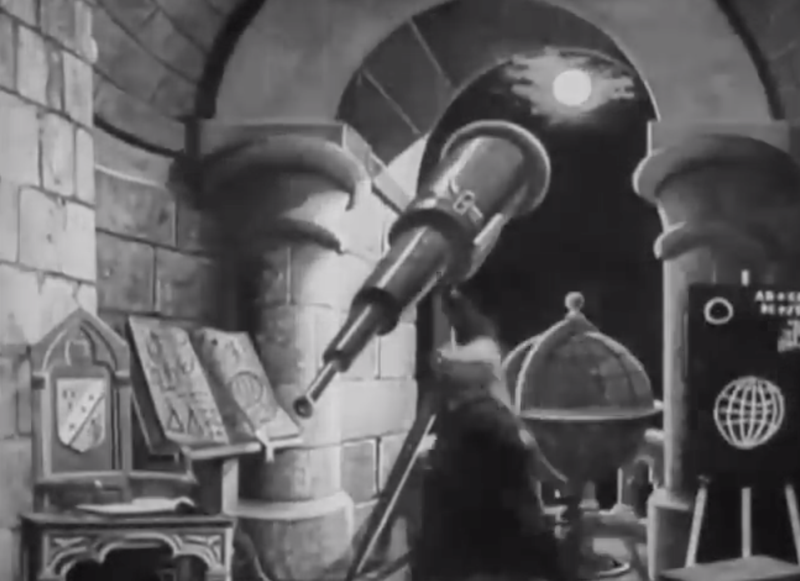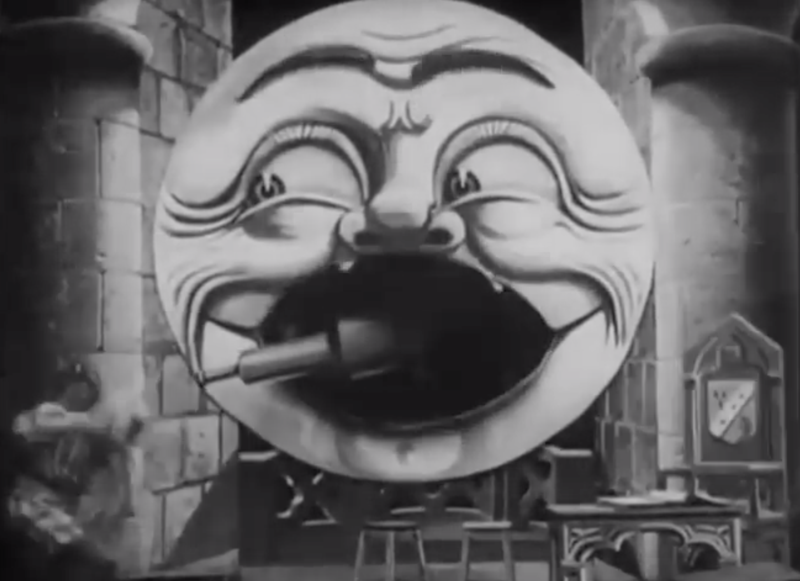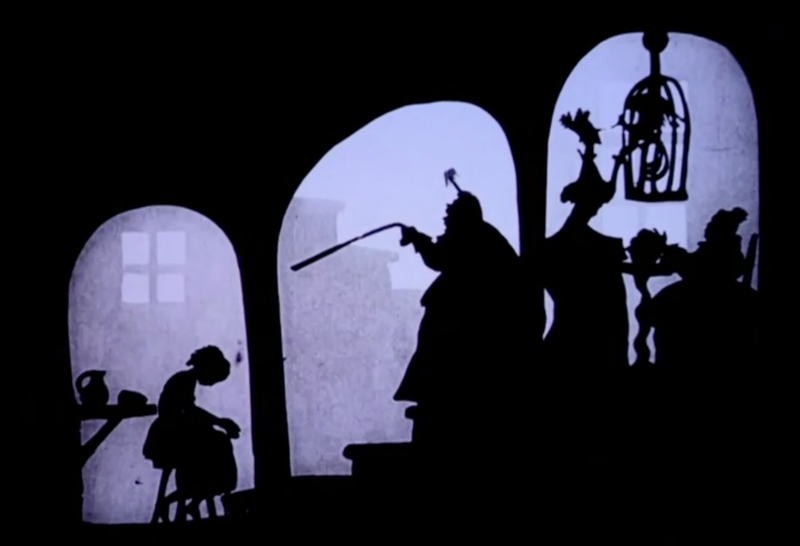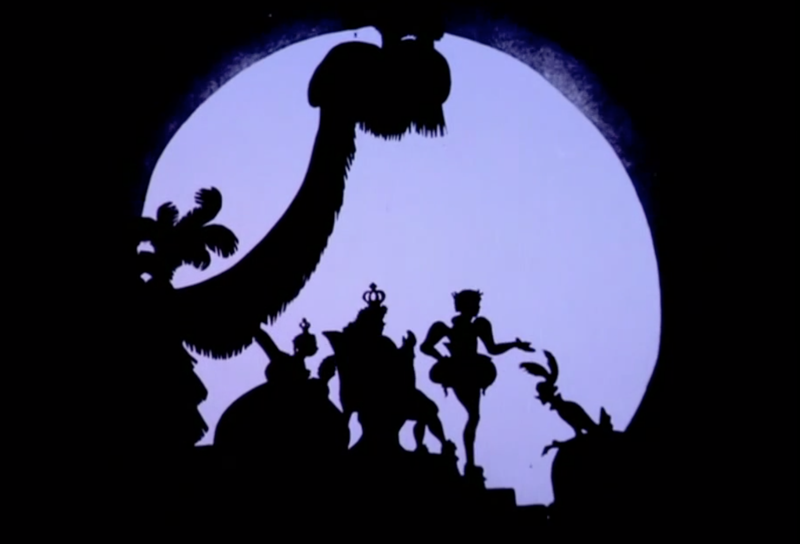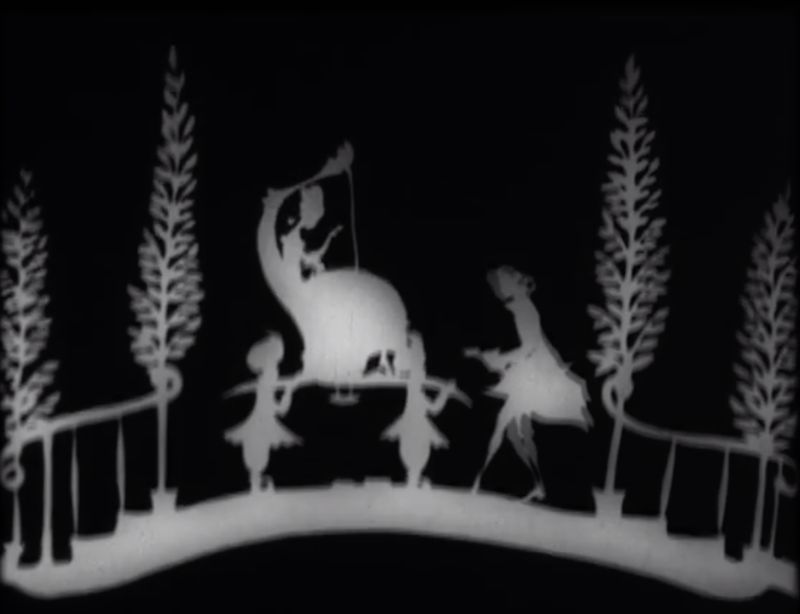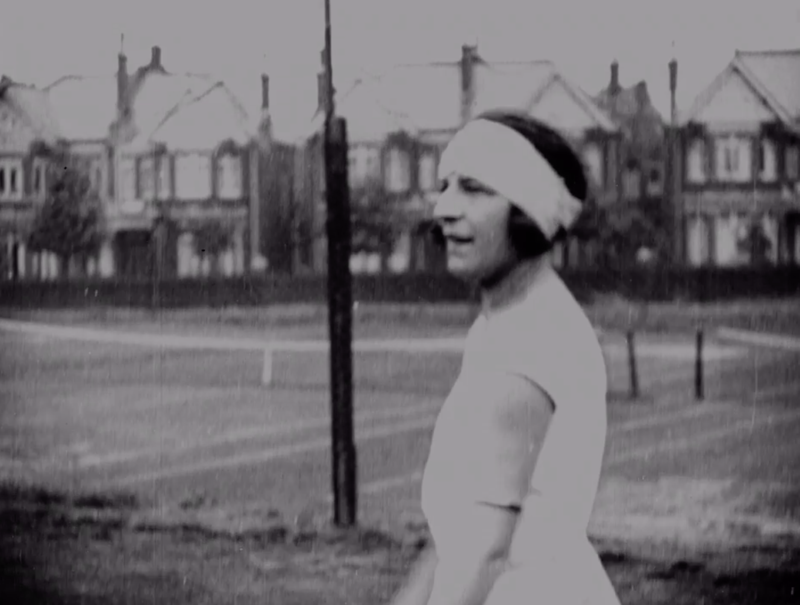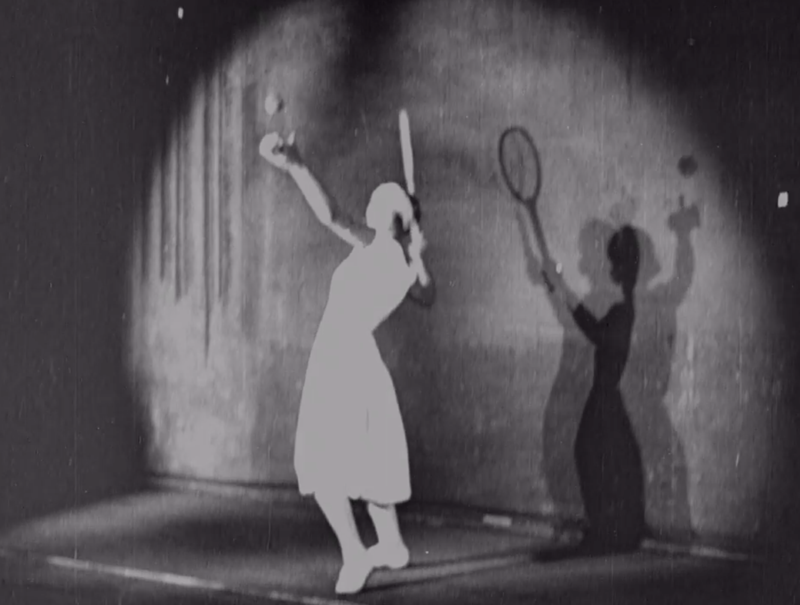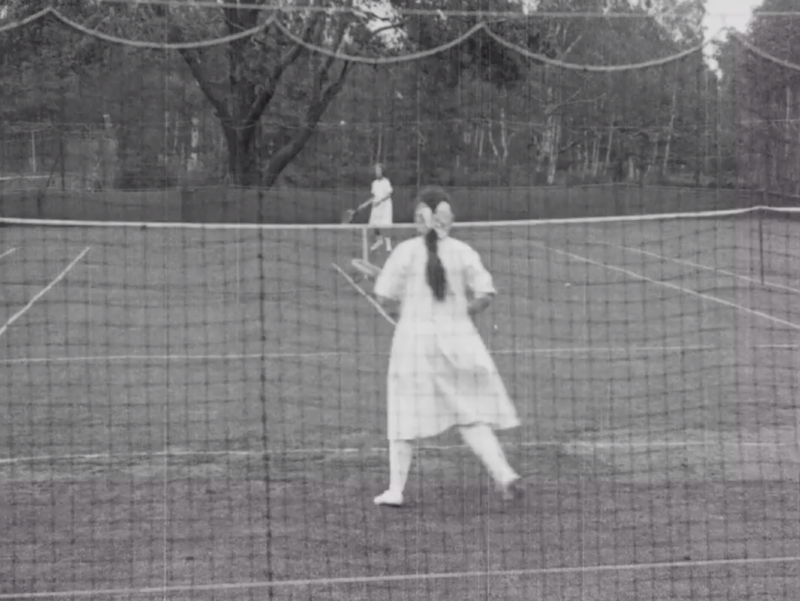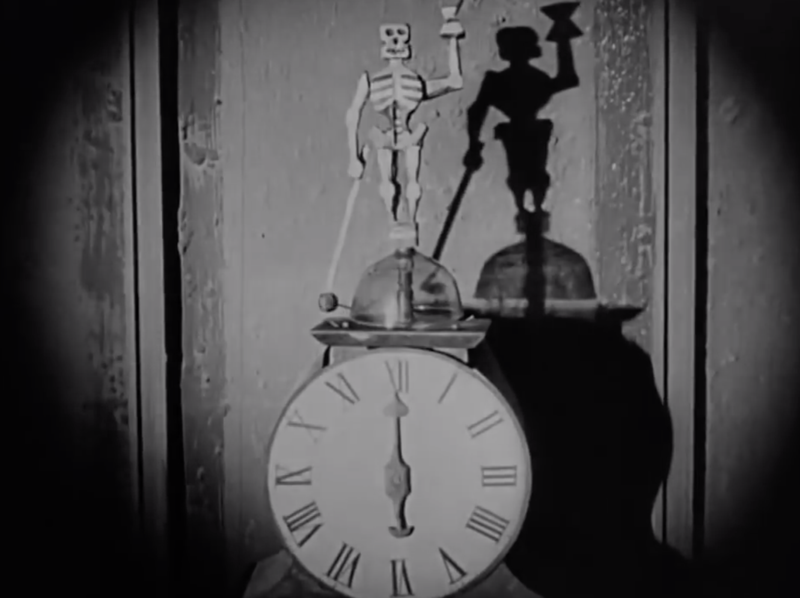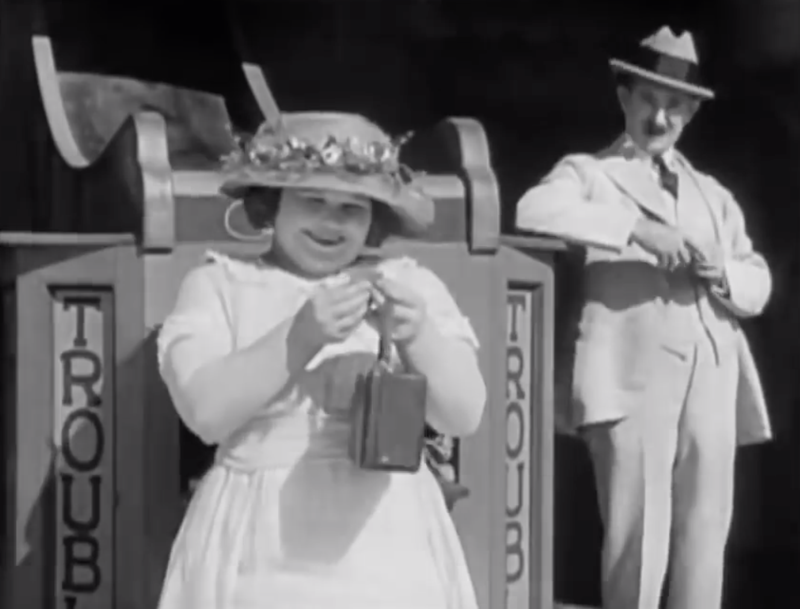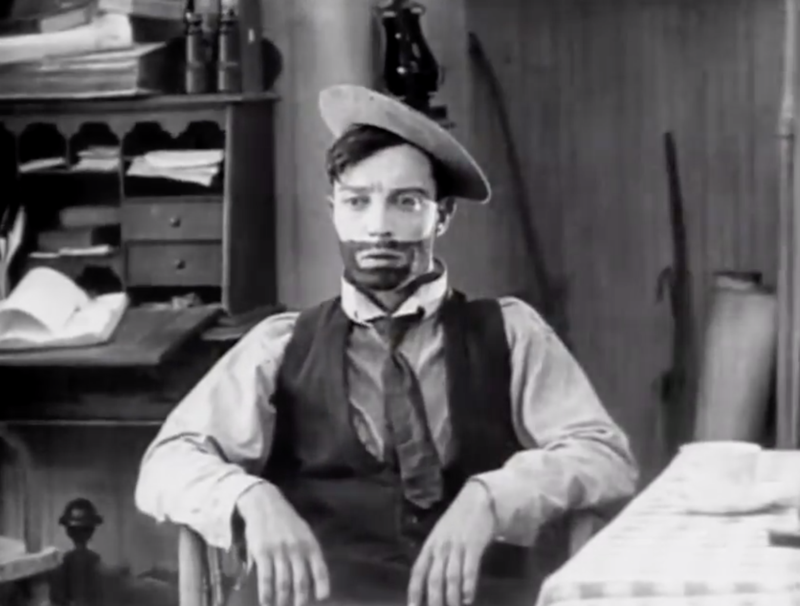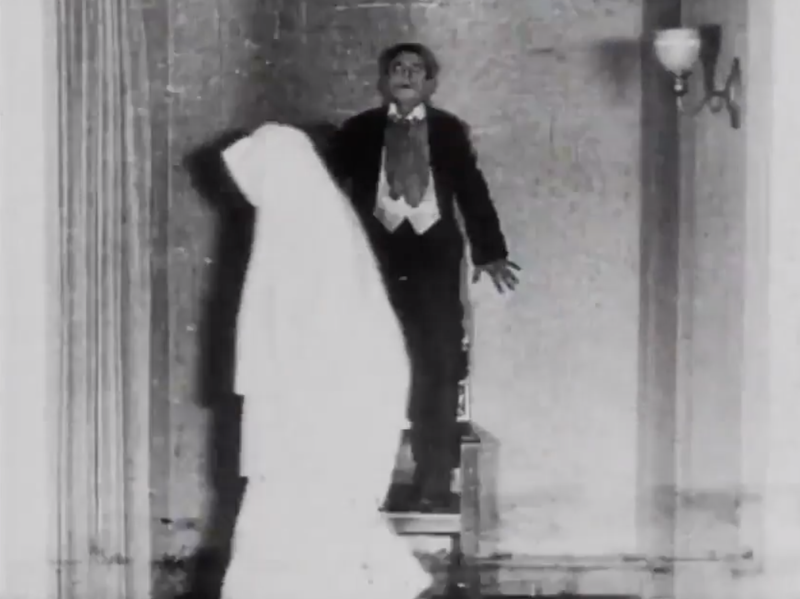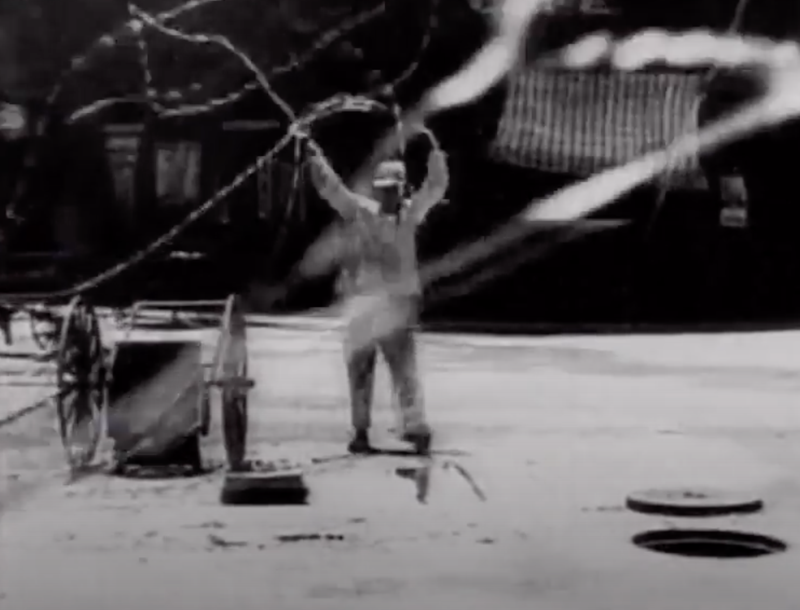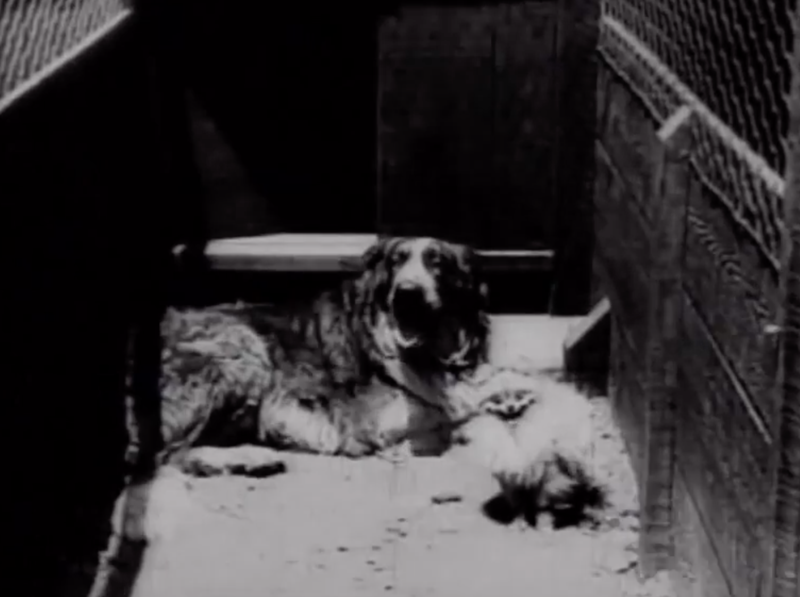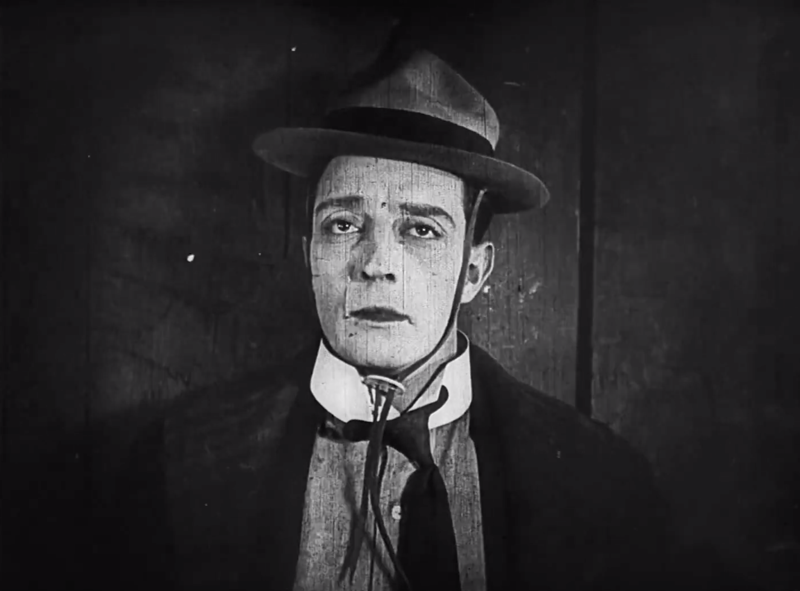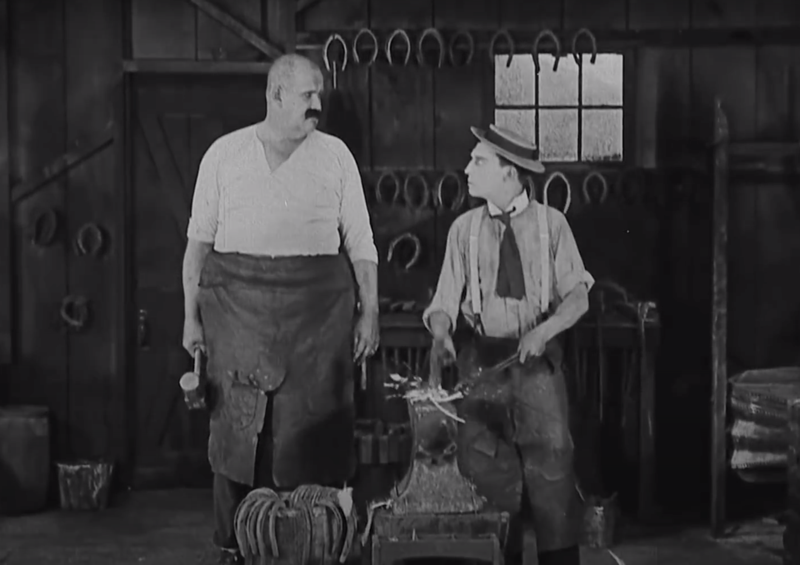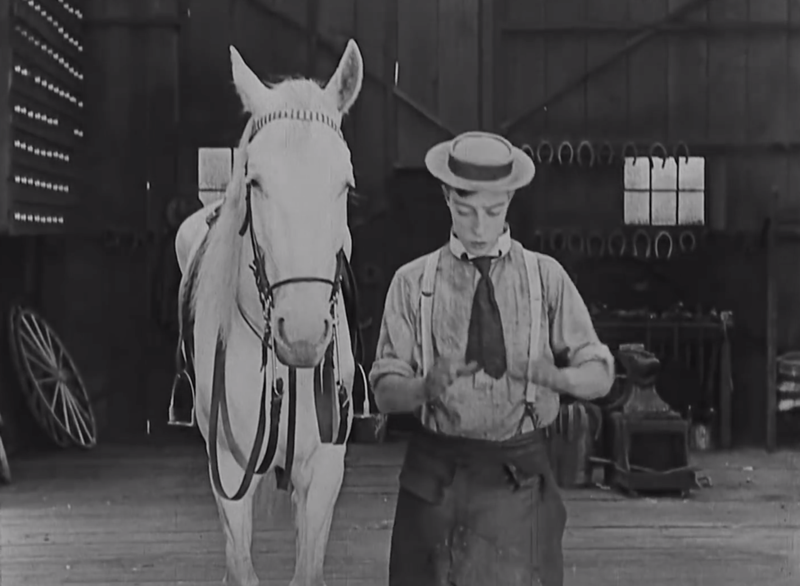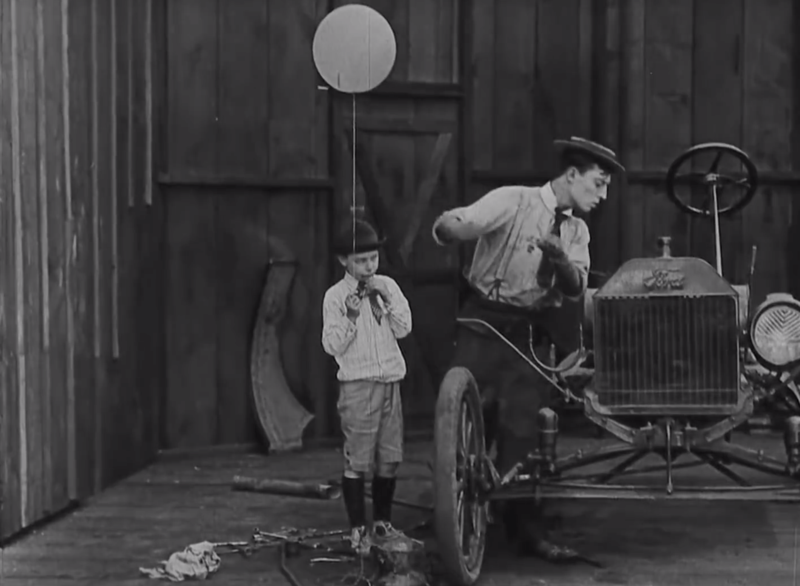Foolish Wives is a 1922 film, written, directed by and starring Erich von Stroheim, about a con artist Russian count and his cousins who descend on Monaco to fleece the rich via several different nefarious schemes.
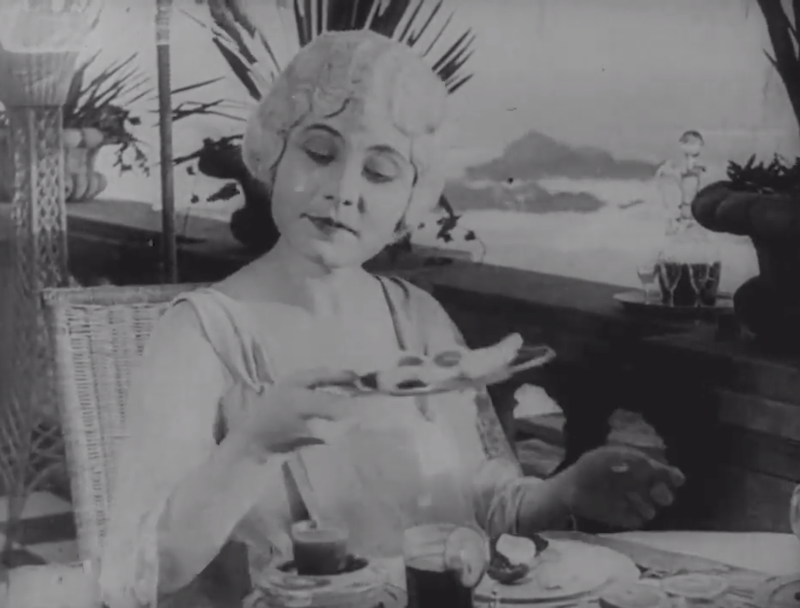
Inexplicably lavish – although it’s set in Monte Carlo, it was filmed in Hollywood on huge sets recreating almost the entire town – it’s widely believed to be the first film with a $1 million budget, with Universal Studios eventually using the colossal price as publicity (presumably creating modern Hollywood in the process).
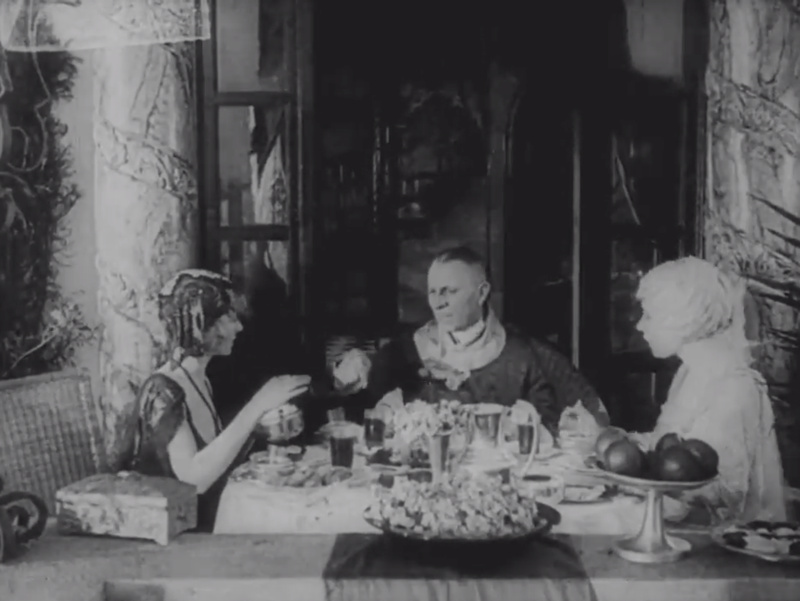
Erich von Stroheim plays Count Sergius Karamzin, with Mae Busch and Maude George as his cousins (and, apparently, lovers). The three of them live in what looks like aristocratic luxury in a beautiful villa by the sea, but they are in fact penniless crooks. Bored with their small time petty counterfeiting schemes, the three of them hatch a plan for the Count to seduce and swindle a fortune out of the wife of the recently arrived American ambassador.
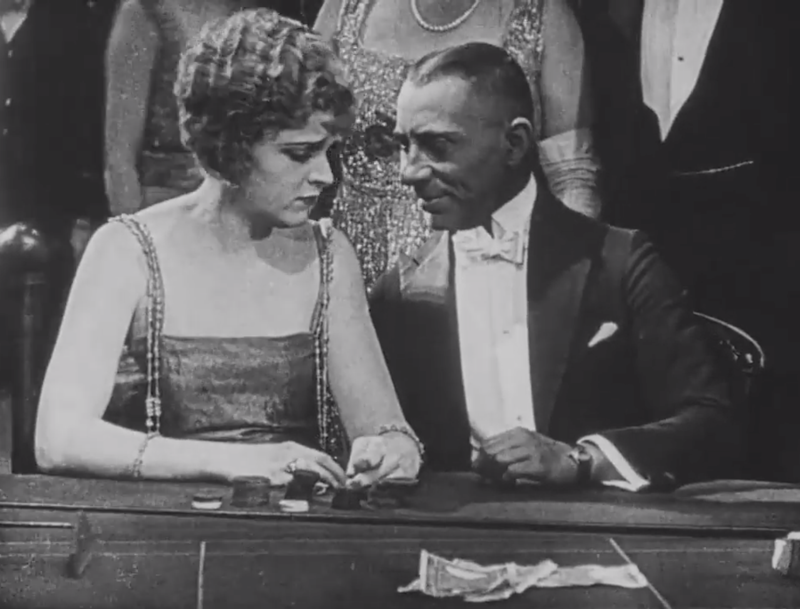
The Ambassador’s wife, all naive sweetness and charming honesty, is the perfect mark for the Count, who goes about inveigling his way into her life and conscience through a series of contrived encounters, building up to their attempt to emotionally blackmail her out of a hundred thousand francs.
Thematically, this plays out in a way suggesting the inversion of assumed morals, with the Europeans being shown to be obsessed with money to the point of amorality, while it’s the Americans that maintain the supposedly European values of nobility and chivalry, honesty, integrity. Also the Ambassador gets to punch the Count in the face, thereby proving his moral superiority and his masculinity at the same time.
(Incidentally, the actor playing the American ambassador, Rudolph Christians, died half way through filming, so there’s some awkward use of body doubles and obvious insert shots from previously filmed scenes towards the end of the film, which are oddly distracting.)
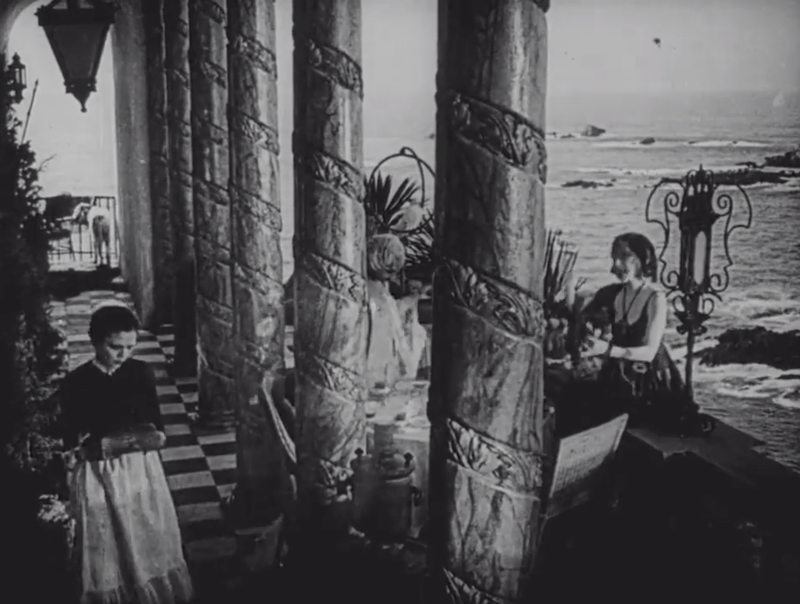
(As another aside – and not really shown in any of these images, although there are two dogs and a parrot in the image above – but I do like the way a lot of very old films seemed to enjoy filling almost every scene with entirely incidental animals, despite the fact you’d think that’d increase the complexity of filming exponentially, and be the sort of thing you’d avoid unless it was absolutely necessary. Here there’s a constant parade of dogs, cats, goats, horses, pigs, chickens, cockatiels, finches, lurking at the edges and sometimes the centre of the screen.)

Anyway, finally, and maybe most importantly, there’s Erich von Stroheim. In almost every single frame of the film, he’s mesmerising as the Count, swaggering and preening, impossibly beautiful in his immaculate attire, filled with evident delight at his absurd duplicity, his petty thievery, his lascivious licentiousness.
You obviously can’t get the same sense of shock and horror and moral disgust this character would have originally provoked at a remove of a 100 years (not least because a lot of his performance was removed and destroyed at the behest of the censors), but even with that distance he’s still just amazingly unrepentantly despicable. Just an absolute utter bastard through almost every second of the entire film. Wonderful stuff.

__________
Notes
1. I watched this on Mubi, but you can’t take screenshots on there, so I got them from this identical version on youtube.
2. This was long. Really long.
3. Yet nowhere near long enough.
4. It was originally meant to be 6 hours.
5. Maybe even 10 hours, if wikipedia is to be believed.
6. But now all that’s left is this 2 and a half hour version.
7. Cobbled together from various versions of differing quality.
8. So some of it’s a lot more degraded than the rest.
9. It still frequently looks incredibly nice, though.
10. Even when the screen is 90% murk.
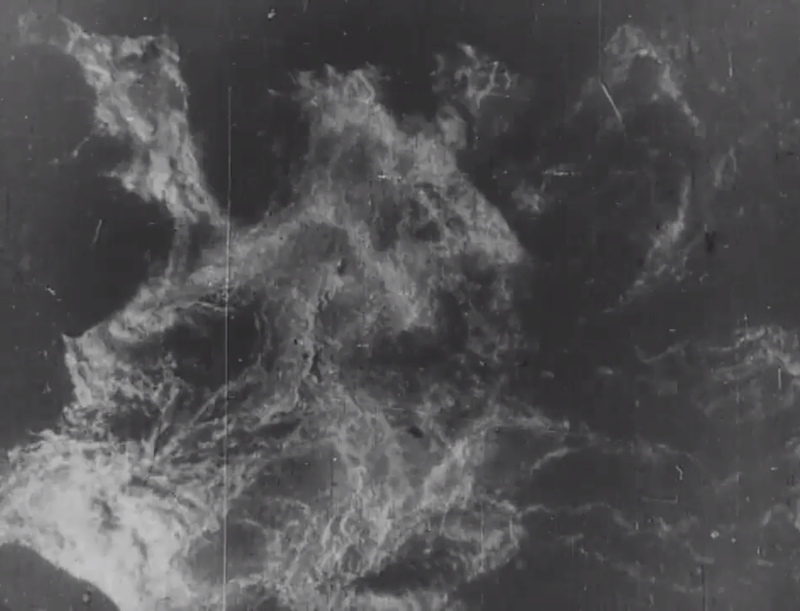
11. That’s a shot of swirling waves which end up looking like some distant galactic nebula.
12. They’re only on screen for 3 seconds but I wish they lasted forever.
13. I love waves.
14. Another thing I liked a lot are the slightly odd intertitles that occasionally pop up
15. Full of snippets of descriptive language assembled like cut up poetry.
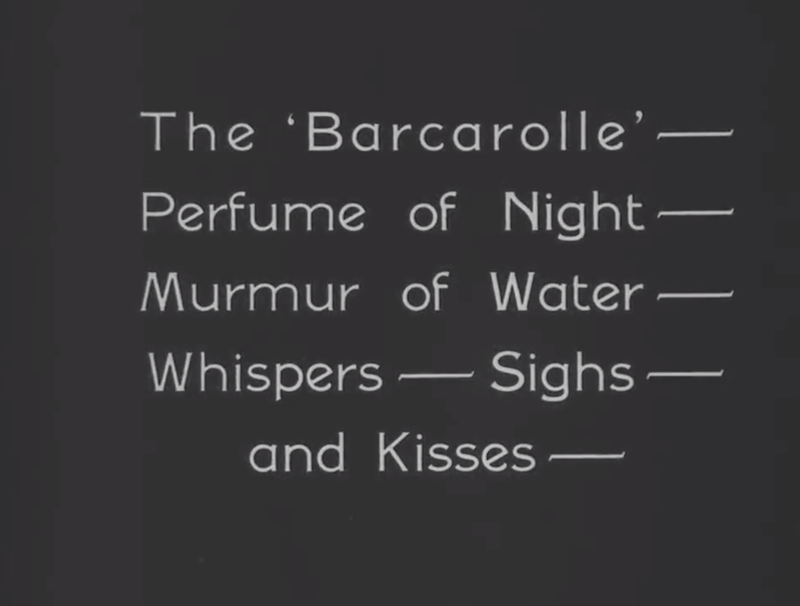
16. Which are absolutely lovely.
17. And increasingly convoluted.
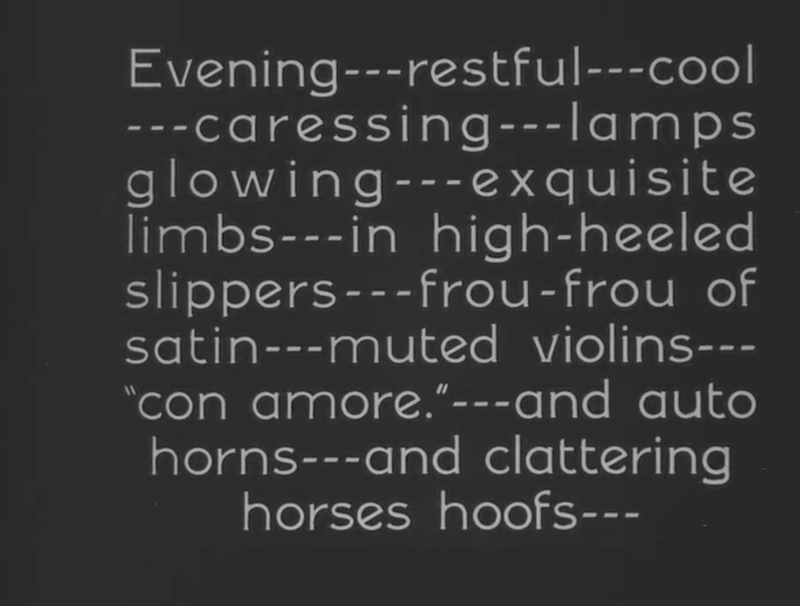
18. There’s also some mild post-modernism, with the diplomat’s wife reading a book called Foolish Wives (by an author called Erich von Stroheim) on and off throughout the film, the passages we see from it commenting on (and might well possibly actually be describing exactly) the incidents we see on screen.
19. Which is nice.
20. And I liked too the repeated technique of superimposing various shots over a textured canvas to create the appearance of moving paintings.
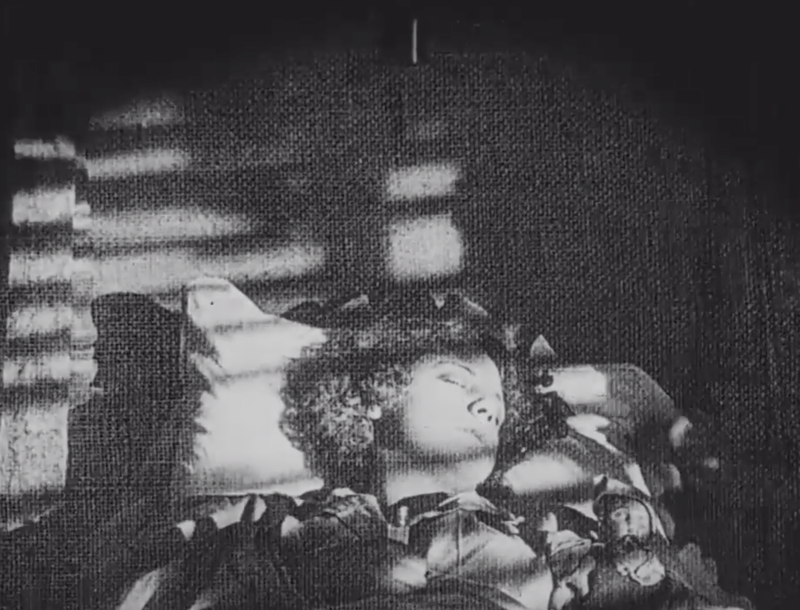
21. Some of which are just impossibly beautiful.
__________
Film Information
Title: Foolish Wives
Director: Erich von Stroheim
Starring: Erich von Stroheim, Mae Busch, Maude George, Miss DuPont, Rudolph Christians
Year: 1922
Duration: 143 minutes
Watch: Mubi; youtube
